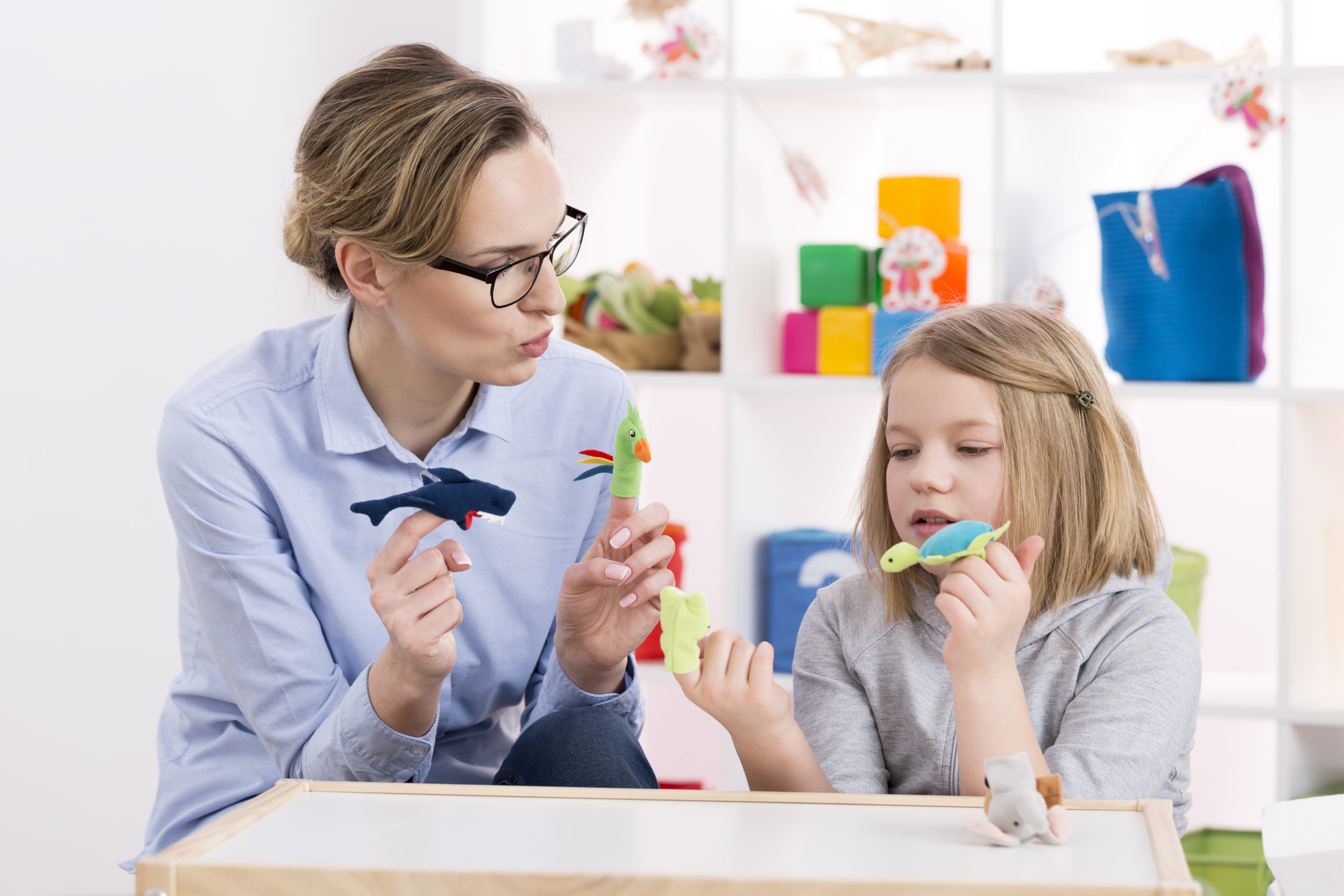A room, a registered play therapist, toys, and your child. Have you ever been curious about what happens in a play therapy session?
As we continue in our play therapy journey with you and your child, it is time for your child’s first session with the play therapist. Every play therapist and practice is unique, but today I will discuss some things I like to do with children during their first play therapy session.
Unlike most places children play, I do not start the relationship by stating the limits of the playroom. Most play therapists believe a limit is not stated until it is necessary, meaning until a rule is broken or about to be broken, they are not stated verbally.
Instead, the first thing I do is invite children to play by welcoming them to the special playroom and explaining that sometimes in here they will get to be the boss and other times I will be the boss. This starts the relationship on a level of shared power. I also let the child know that in the special playroom they can say anything they want to say and do almost anything they want to do.
As a play therapist, toys are an important part of my job. However, toys in play therapy are selected for specific purposes rather than collected.
Real-Life Toys:
- Dollhouses
- toy kitchens
- doctor kits
- baby dolls
Aggressive Toys
- soldiers
- scary puppets like snakes and sharks
- handcuffs
- swords
Creative Toys
- art supplies
- dress-up
- musical instruments
Mastery Toys
- books
- board games
This wide range of toys allows the child multiple choices when choosing how to express themselves. Comment below and let me know what category of toys you would be drawn to play with.
As the play therapist, I observe the child’s play and make observational statements. Tracking is a play-by-play of what the child is engaging in. For example, in the doll house, I might say, that person is going into the room.
A play therapist also reflects feelings to the child. When a child first enters the playroom and appears anxious, I will say to the child, “You are nervous and unsure what to play with first.”
The purpose of these statements is to communicate to the child that they are seen, heard, and that the therapist is with them in the present moment and will continue to be present as they explore emotions and challenges in the future.
Questions are limited in play therapy. Instead, the play therapist will make guesses as to the purpose of a child’s behavior using statements such as I wonder, I’m curious if, or I think that. The child is then free and will correct me if I’m wrong.
If the child invites me to play with them, I will join in the play. I have found some children prefer to have a play companion, while others enjoy playing on their own.
The most important thing in this first session is to establish a relationship of trust and an environment of safety. The therapeutic relationship established allows the child to explore themselves and their experiences so that they can create change.
Contact us if you feel your child could benefit from play therapy.

